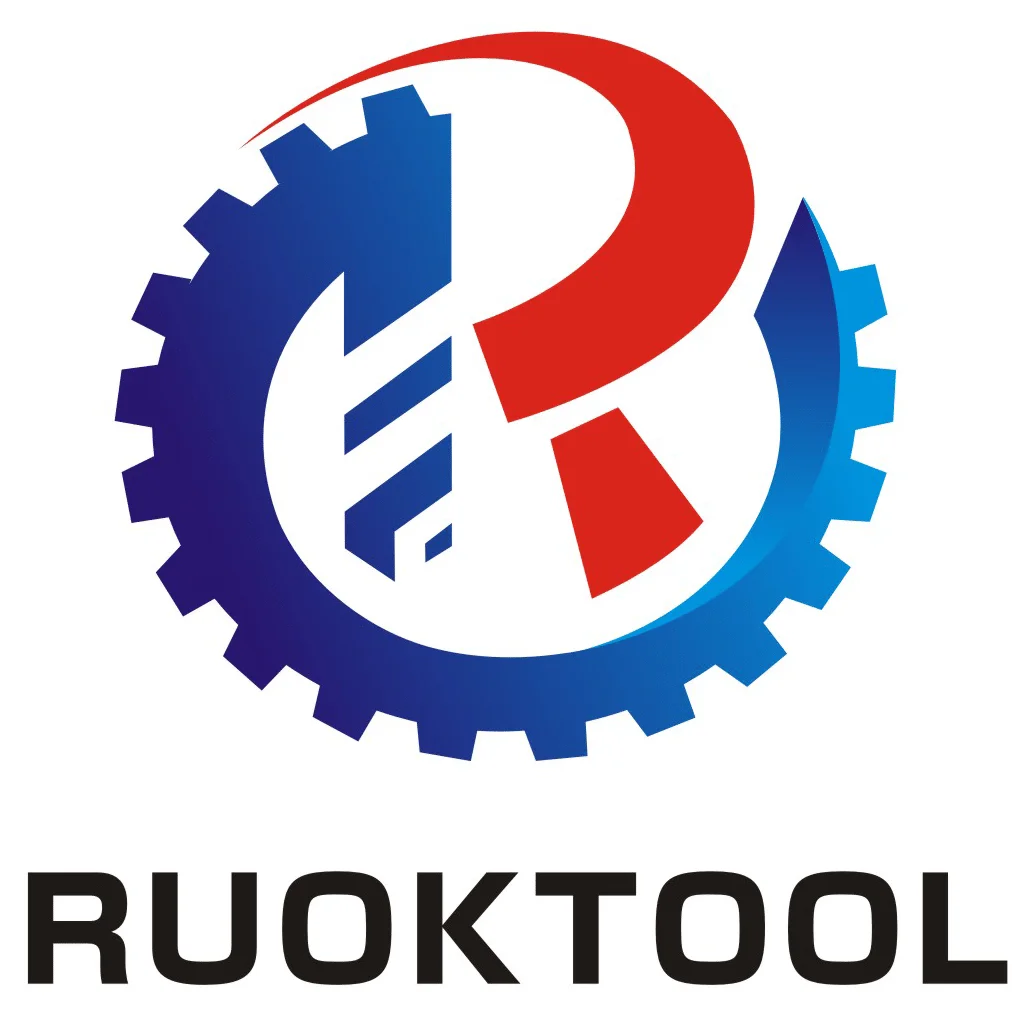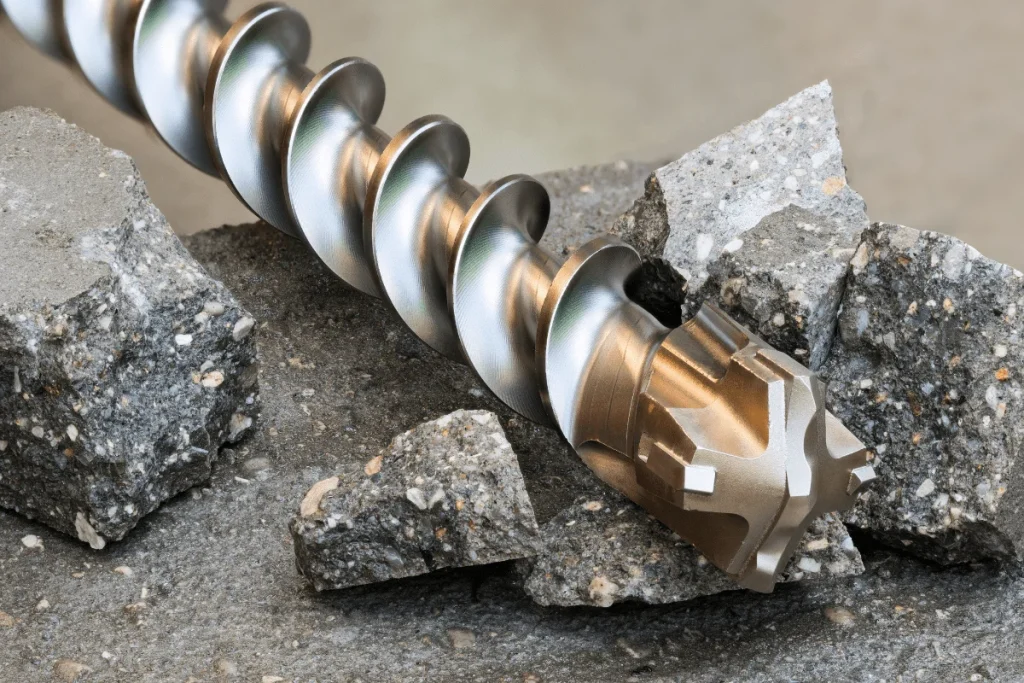Surface coating plays a vital role in enhancing the wear resistance, cutting performance, and service life of high-speed steel (HSS) drill bits. Below is a detailed breakdown of the key stages and techniques used in modern drill bit coating processes:
1. Pre-Coating Preparation
Cleaning and Oil Removal
Before coating, the drill bit must be thoroughly cleaned to eliminate any surface contaminants such as grease, oxides, or metal particles. This is typically achieved through ultrasonic cleaning or chemical degreasing to ensure optimal adhesion between the coating and the substrate.
Surface Pretreatment
To improve mechanical bonding, the drill bit surface is often roughened via sandblasting or fine polishing. In some cases, edge chamfering is also carried out to promote even coating coverage and reduce coating stress concentrations during operation.
2. Coating Application Technologies
Physical Vapor Deposition (PVD)
Process Description:
The drill bit is placed in a vacuum chamber where coating materials—such as titanium or aluminum—are vaporized through arc evaporation or magnetron sputtering. These vaporized atoms then condense onto the drill bit surface, forming a thin, dense layer of protective film.
Key Parameters:
Deposition temperature: 200–500°C
Duration: 1 to 4 hours
Coating thickness: typically in the nanometer to micrometer range
Common Coating Materials:
TiN (Titanium Nitride – gold color)
TiAlN (Titanium Aluminum Nitride – purple hue)
AlCrN (Aluminum Chromium Nitride)
These coatings typically achieve surface hardness values between 2000–3000 HV.
Chemical Vapor Deposition (CVD)
Process Description:
Metallic halide gases like TiCl₄ or CH₄ are introduced into a high-temperature reactor (900–1050°C), where chemical reactions generate coating compounds like TiN or TiC. These compounds deposit uniformly over the drill bit surface.
Advantages:
Greater coating thickness (5–15 µm)
Improved high-temperature resistance
Better wear durability for heavy-duty applications
Note: The high process temperature requires that the base material withstands heat without distortion.
Multilayer Composite Coatings
Some advanced coating systems adopt a layered approach:
Adhesion layer: e.g., pure titanium to enhance bonding
Main layer: e.g., TiAlN for hardness and thermal resistance
Top layer: e.g., diamond-like carbon (DLC) or silicon-based layers to reduce friction
3. Post-Coating Treatment and Quality Assurance
Final Cleaning and Drying
Residual particles or debris are removed to maintain coating integrity and prevent delamination during use.
Performance Testing
Hardness and adhesion are tested using microhardness testers and scratch resistance methods.
Simulated cutting tests help evaluate real-world durability—for instance, a well-coated HSS bit may achieve over 200 meters of lifespan when machining alloy steel.
Packaging
Bits are packed using custom-designed trays to avoid contact damage or frictional wear during transport.
4. Application Scenarios & Coating Selection Guide
| Coating Type | Recommended Use Cases | Key Advantages |
|---|---|---|
| PVD Coating | Precision drilling, temperature-sensitive materials | Lower process temperature, minimizes risk of base metal softening |
| CVD Coating | Heavy-duty cutting, high-temp alloys | Thicker layer with enhanced heat and wear resistance |
Conclusion
Choosing the right coating method depends on various factors, including base material, machining environment, and cost considerations. For optimal performance and extended tool life, it’s advisable to consult with professional coating service providers who can tailor solutions to your specific drilling needs.










